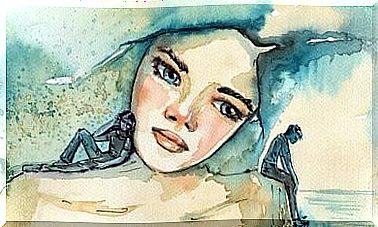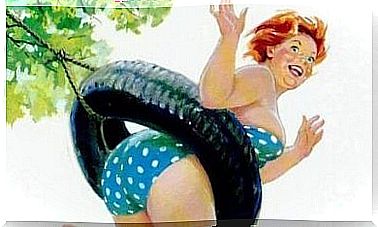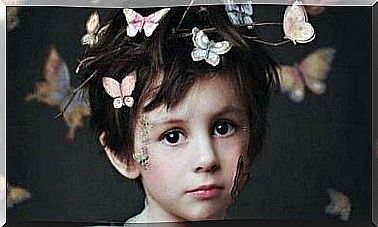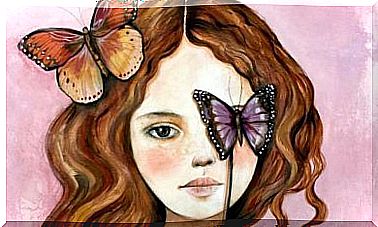Optical Illusions: When The Brain Is Wrong

Optical illusions have always attracted us. They are small challenges for the senses that leave us bewildered and ecstatic: do the figures move? Are they faces or objects? Is it just a figure or more?
All questions that have been the subject of study for many scientists to learn more about mental processes and the way information is processed. The basis of this mystery is based on the simple fact that the brain is terribly logical and wants to find meaning and balance to everything it sees and to all the data sent to it by the senses, in this case sight. “What happens? Why this visual disorder? ” wonders the brain. Failing to find an answer, this simply reinterprets. Let’s see in more detail.
The brain works like a statistic
The way we see reality depends only on our brain processes, in fact scientists often say that “if we had a brain that used different strategies to understand the world, the world would be very different”.
So what do these images have that baffle him so much? Inaccurate lines, floating objects, strange perspectives. The retina captures all these data and immediately sends them to the cerebral cortex so that it processes and interprets them, but the issue is that the retina only captures these images in two dimensions, thus being limited information in which it focuses only on seeing. edges, colors and shapes… there is too much disorder, there is no balance and the brain is immediately disoriented.
So how does it work?
Unable to understand what he is seeing, he puts his hand to his statistics after extracting the information he has available and draws a conclusion: for him the image we are seeing has the ability to move.
However it is not certain, because obviously our rational part tells us that it is impossible, the paintings cannot move, but it makes us believe it.
Types of optical illusions
In practice, there are two types of optical illusions.
1. Cognitive illusions : as we explained earlier, the brain misinterprets the information sent by the eyes and makes a mistake in deducing the size and perspective of objects. Let’s see an example:
What do you see, two faces or a cup?
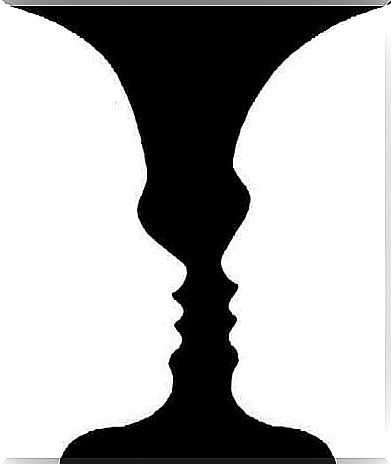
2. Physiological illusions : it happens when you are dazzled or the retina suffers a slight stress in looking at a certain object to which it cannot adapt. You could have what is called afterimage or consecutive image, that is when a figure remains imprinted in our eyes because there is a lot of light and a lot of color and we blink.
Gaze at this image for 30 seconds and then move your gaze to a white wall. What you will see is the afterimage.
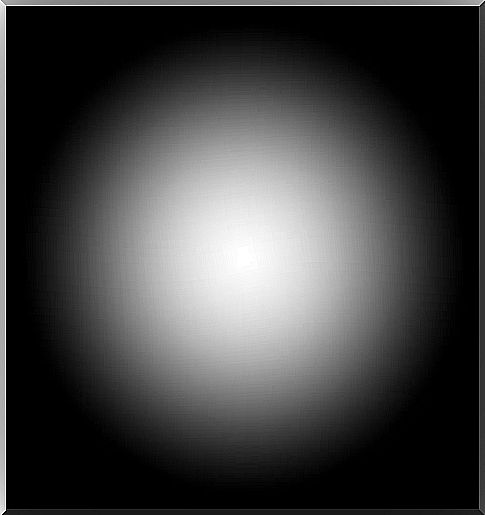
All of this leads us to the interesting conclusion that the perception of things is not always what we think. PERCEIVING ALSO MEANS INTERPRETING ; our world as we see it is not an exact reflection that has a direct impact on the brain through the senses, on the contrary, our brain analyzes, synthesizes, transforms and interprets. They are not deceptions, but simply a way of protecting us from the unknown and that in the face of disorder gives a balance and an answer that is as logical as possible. Thanks to the brain we adapt to the world around us and, without a shadow of a doubt, it makes it more exciting.
